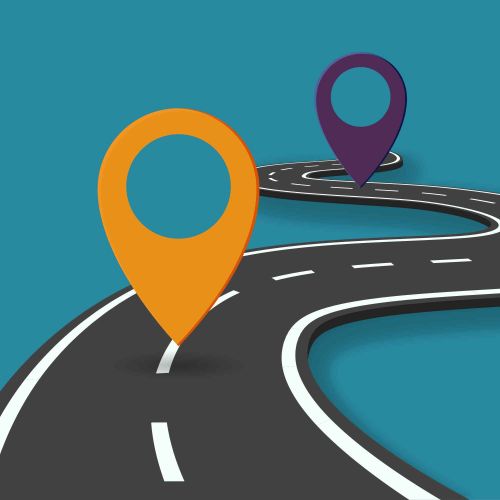This article has been written by year 10 students at School 21, Eleanor, Elly, Freya, Shahad and Selena at part of their Real World Learning project with Big Education.

Twelve years ago, School 21 was created.
It was a two-floor portakabin, with only six classes, 150 pupils, and a few wonderfully dedicated teachers.
This is the school that we first knew, grew up in and loved. This was where the journey began. This is where our community was closely connected, consolidated, and where we felt safe.
It wasn’t long, however, before our small, close, newly-born community got a little upgrade: when the school was rebuilt.
We were provided with a large, modernised and exciting new building with huge, coloured glass windows, long corridors and high ceilings. It was a time of great adventure as we were allowed to visit the building site, and waited eagerly for the school to be finished.
School 21 has grown into a place where children can express their emotions and voice their opinions freely, creating a space for young people to thrive in.
The school has changed and grown, with new projects, subjects and exciting and experimental lessons. We learn to think outside the box and be creative, and are taught things that will help us succeed in later life. They’re subjects that have inspired us, and taught us more about ourselves and the world around us. Examples of this are both Oracy and Music.
Oracy
Our Oracy lessons have developed and changed over the years, but the reason for them has stayed relatively similar: Preparing young people for the 21st century through developing our communication and speaking skills. To help them achieve this, the school organises many events throughout the years. An example of this is, in Year 9, allowing students to state their opinion on a change the school should make.
During our time at School 21, we’ve been provided with many opportunities to speak to people outside the school during projects and interviews, and completed many fantastic projects, one of which being our Real World Learning project, which is the reason we’re writing this article in the first place.
Music
As students, we’ve taken part in a range of music-related projects, including the Band Project & Scholarship programme, which lasts from Year 5 to 8 and means that every student is given an instrument of their choice, free of charge (which they learn to play in school).
We also have had the opportunity to take part in a number of concerts and extracurricular clubs.
We are educated by experienced instrumental teachers and professional musicians, and many have one-to-one vocal or instrumental lessons in addition.
This means that every student has an extensive musical education, which is important as a base for creativity and imagination – both attributes that are essential for later life.
Speaking to someone who knows…
While writing this article, we spoke to a teacher who has been at School 21 for 9 years, Susan McLear. McLear works as a Year 6 nurture group teacher, helping students who work better in smaller groups prepare for their SATs. She said that her favourite thing about teaching at School21 was the creative element and the ability to think outside the box with Curriculum 21.
Curriculum 21 is the name for our project-based-learning programme. Every term you have a project where you explore something new and present what you’ve learnt in an end of term exhibition.
Whilst talking to McLear we found out that one of her favourite early memories of the school was the first year nativity play. “All the teachers worked on it together,” McLear said, saying that the teachers didn’t feel any hierarchy between them as the common goal was to help students succeed. “Even the headteacher helped out cleaning tables,” she told us.


One of the most significant and beneficial changes that’s been made to the school, from McLear’s perspective, is the cross phase collaboration in Curriculum 21, as you can have primary and secondary students working together on a project.
As well as the school pushing for the future generation to speak with confidence, another key feature about School 21 is that it’s very keen on cross-phase collaboration.
Students of different ages working together is a good way for them to learn from each other and show responsibility by looking after and interacting with younger members of the school community.
Another example of cross-phase collaboration is the School Musical. The School Musicals include students between four different phases who all work together to put on an amazing performance.
School 21 has developed through the years by not only boosting students' confidence but also preparing them for the near and far future and we’re proud to be a part of it.







